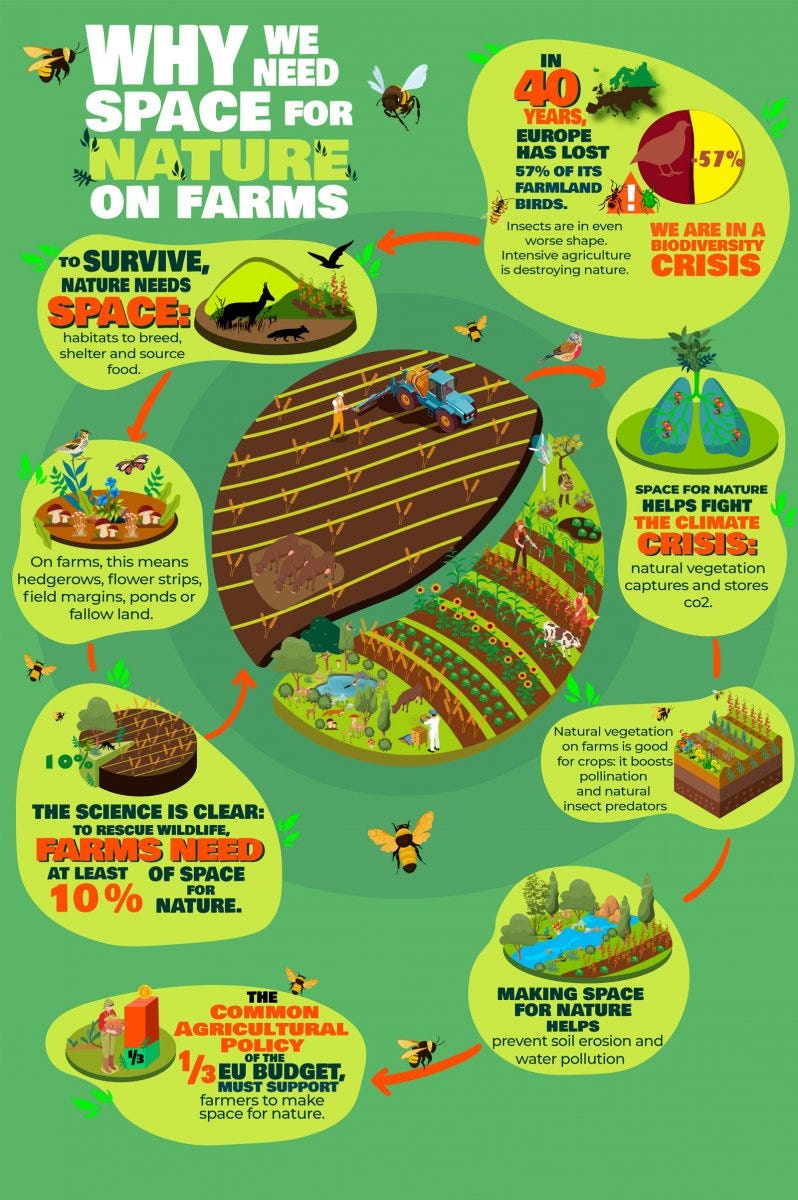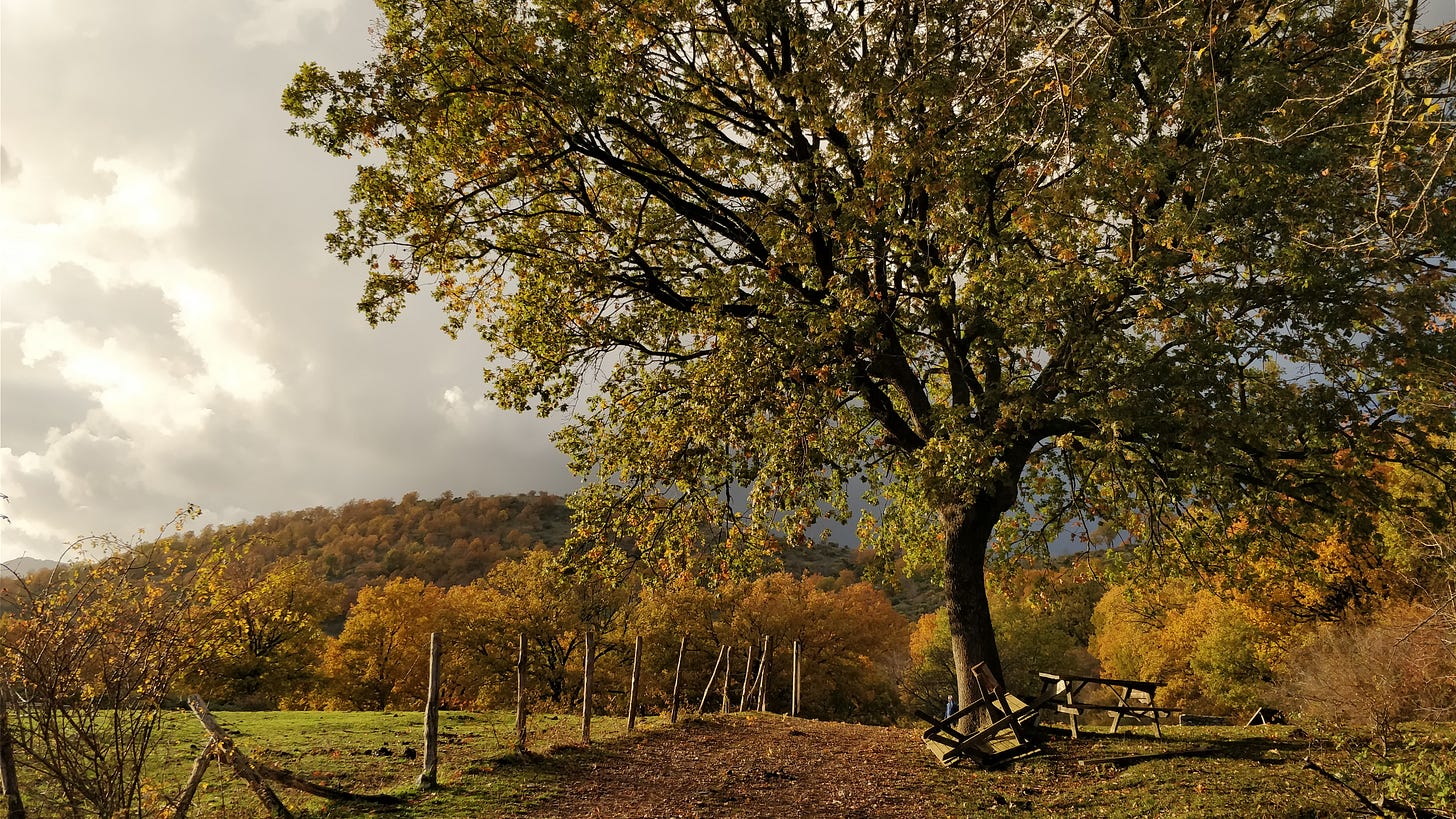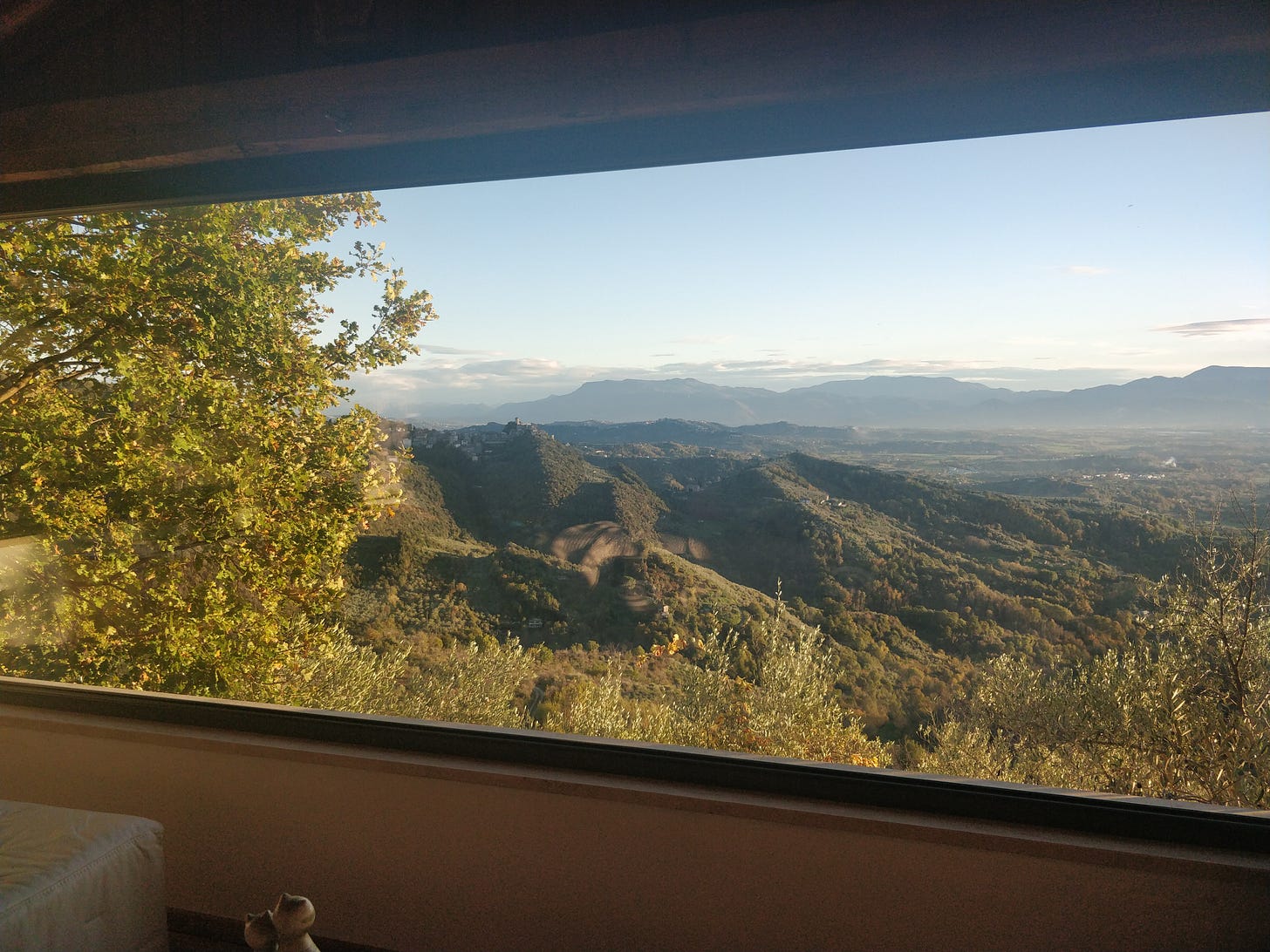How do you solve a problem like...
A newsletter about food systems, climate change and everything connected to them
There’s a bit of a theme going on this week, see if you can spot it?
… the CAP?
That’s a million dollar question and I will be straight with you - I haven’t got the answer, but I think it’s worth trying! Let me tell you why.
I’ve been writing almost exclusively about food security issues for over three years now - and nearly 13 years as part of general humanitarian coverage - but it wasn’t until last October that I tried to make sense of the European Union’s Common Agricultural Policy (CAP).
A lot of food and biodiversity folks I was speaking to were really worried about changes to the CAP reform proposal that was tabled in 2018 (or “the before times”, as I now like to call the period before 2020) and I wanted to understand why.
The result was this 1,000-word article about how these changes - and the votes to accept these changes - severely threaten the European Union’s ambition to become the world’s first climate-neutral continent by 2050.
It was expertly edited by my former climate editor Laurie Goering, who saw the bigger themes at play and let me write about a topic we normally shy away from because:
1. It’s super complicated and technical,
2. We have Brussels-based colleagues who specialise in commodities issues, and
3. Did I mention it’s really complex and technical?
I suspect that’s the same for many people, but we should all care about the CAP, even if you are not living in the EU or Europe and we should be questioning lawmakers, industry and farm lobbies, and environmental groups more about it. Attending the “Green Farming Now!” virtual conference this week, organised by BirdLife Europe & Central Asia and Good Food Good Farming, has reinforced this opinion. Why?
1. The CAP is the EU’s largest budget item.
While its share of the total EU budget has been decreasing since 1985, it still accounts for more than a third, or an average of around €54 billion a year since 2006. The New York Times called it “one of the world’s largest subsidy schemes”.
That is a lot of money and the criticism from green groups is that large chunks of this money have been and will continue to go towards practices that are harmful to the environment.
Some of the biggest bugbears with the changes approved in October include reversing a ban on converting protected natural sites to farmland, allowing the continued drainage of carbon-storing peatlands, a practice critics say accounts for 25% of agricultural emissions in some EU countries, not having a dedicated budget for protecting nature, and ring-fencing 60% of the budget for direct payments to farmers without attaching specific environmental conditions.
Why is that a concern? In Europe, agriculture accounts for more than 10% of climate-warming greenhouse gas emissions and the continent is already facing a rapid decline in biodiversity and the outlook isn’t that much better, according to the European Environmental Agency.

2. Surprise, surprise, a large chunk of this money is being misspent (see pic above).
In 2015, more than 40% of the annual CAP money - more than €26 billion out of €59 billion - were being spent in areas that were already profitable while the poorest regions, the ones that need income support promised by the policy, are being left behind, according to a study published last August that maps the geographical location and purpose of CAP payments for the first time.
Just to put this number in perspective, this could more than cover the €20 billion per year needed to support EU’s Biodiversity Strategy, according to the researchers.
Also, very little of these payments are actually supporting climate- or biodiversity-friendly farming, Kimberly Nicholas, Associate Professor at Lund University and one of the study’s co-authors, said at the Green Farming Now! conference. The biggest problem? “They are increasing income inequality”, she said.
If you want to read further, the NYT did a fantastic series of articles on the CAP in 2019, which weaves in corruption and environmental destruction and how it benefits the wealthy and connected at the expense of small farmers.
3. It’s not optimised to meet the Sustainable Development Goals (SDGs).
Yes, yes, you can think the SDGs are woolly but they do provide an important framework for everyone to understand the key issues we are facing. Another paper co-authored by Kim last year found current CAP indicators focus on three goals: zero hunger (SDG 2), decent work (SDG 8) and life on land (SDG 15) but “missing entirely” many other important SDGs such as health (SDG 3), gender equality (SDG 5), oceans (SDG 14) and institutions (SDG 16).
Do have a listen to Kim’s presentation in the video below. She is the second speaker but it’s worth watching the other experts as well if you are interested to learn more about the CAP or agroecology. (Full disclosure: I spoke during the session on media & communications but the video below isn’t my session.)
You can find the rest of the sessions here.
4. The impacts go beyond European borders.
But it doesn’t matter if you live in a different part of the world, right? Wrong! The story of misaligned subsidies propping up harmful practices, whether it’s for fossil fuels or grains, is a universal one, particularly when it comes to tackling food security and climate change - two of the biggest challenges humanity is facing today.
On a more tangible level, EU is a global agricultural powerhouse and its policies can have ripple effects on its trade partners around the world, including many poor and developing nations for whom it is a key export destination or a dumping ground for excess commodities. This paper from Arc2020 last December has more examples of what the impacts have been and could be to coffee growers in Kenya, banana plantation owners in Honduras and dairy farmers in Ghana.
So What Now?
After the October vote in the European Parliament, there’s now a trilogue going on between the Parliament, the Council and the Commission and green groups and those who are keen to have a more environmentally-friendly and sustainable CAP are pushing to have their voices heard and incorporate the European Green Deal issues into the discussions.
There’s also a campaign “Withdraw the Cap” and a petition asking the European Commission to withdraw the proposal entirely and replace it with a new policy that protects people and planet. Greta Thunberg is in this camp.
Some Climate News
- Welcome back to the fold America!
Today, the U.S. formally returns to the Paris Agreement, an international treaty on climate change adopted in 2015 by 196 parties. Its aim is to avoid catastrophic climate change by limiting global warming to well below 2°C. Unfortunately it looks like we are not going to achieve this goal.
Climate Action Tracker has warned that “current policies presently in place around the world are projected to reduce baseline emissions and result in about 2.9°C warming above pre-industrial levels”.
So good to have you back folks. Now get to work!
- Extinction of North America’s largest animals
Speaking of climate change, apparently it was the drastic decreases in temperature around 13,000 years ago and not overhunting that initiated the decline of some of North America’s largest animals, according to a new study.
Apparently North America used to be full of these “large and exotic creatures, such as mammoths, gigantic ground-dwelling sloths, larger-than-life beavers, and huge armadillo-like creatures known as glyptodons” but most animals weighing over 44 kilograms had disappeared by around 10,000 years ago.
Not sure I’d like to come face-to-face with any of them but if you, like me, are wondering what a gigantic ground-dwelling sloth could look like, this life-size replica at the Sloth Sanctuary in Costa Rica (of course there is such a place!) might satisfy your curiosity.
- “We Can Fix It”, a new monthly climate newsletter
Kimberly Nicholas, the expert I cited heavily in the above section on CAP, has just started a monthly newsletter to face the “climate crisis with facts, feelings, and action” and the first issue definitely ticks all of those boxes. Check it out here.

Time for ESG to Look Beyond Carbon?
Going to end this week’s newsletter on a positive note.
On Tuesday, the British Embassy in Rome and the Italian Environment Ministry hosted a dialogue on nature, adaptation and resilience called “One Earth One Future”.
I moderated the afternoon sessions which were very interesting deep dives into the UK-government-commissioned Economics of Biodiversity Review, also known as the Dasgupta Review, and what the private sector is doing - and plan to do - to protect “natural capital”, which essentially means resources like plants, animals, air, water, forests, etc, that provide benefits to people.
If you want to read the Dasgupta Review but don’t have the time - or the patience - to go through the 606 pages, the event’s site has the 10-page “Headline Messages” in multiple languages. Very handy to sound like you’ve read the whole thing.
During the dialogue, we heard about Italy’s efforts to value natural capital - the country has been publishing a report on this since 2017 - through investment funds, smart taxes and subsidies and phasing out harmful ones, and supporting agriculture that improves soil fertility.
It has also set up a superministry to put climate and ecosystems at the heart of COVID-19 recovery although some have expressed doubts about the choice of minister.
We also heard from financial institutions about the Taskforce on Nature-related Financial Disclosures (TNFD), set up to aid in “the appraisal of nature-related risks and the redirection of global financial flows away from nature-negative outcomes and towards nature-positive outcomes”.
We also heard that for a long time, the “E” in the ESG (environmental, social, and governance criteria that is now a buzzword with investors and corporations) has meant “C” for “carbon”, like a focus on emissions and markets, but that with the Dasgupta Review, perhaps now is the time for the private sector to embrace nature.
I know there are arguments against putting a price on nature and there are concerns, rightly, that it would lead to more greenwashing. In fact, Bloomberg Green has a great piece this week looking at how ESG funds need to shrink their own carbon footprints.
I’m quite interested to see what develops in this area, however, because like it or not, the monetisation of nature is already happening.
The trick for people who care about nature is to use it to their advantage.
Have a great weekend! Please feel free to share this post and send tips and thoughts on twitter @thinink, to my LinkedIn page or via e-mail thin@thin-ink.net.






